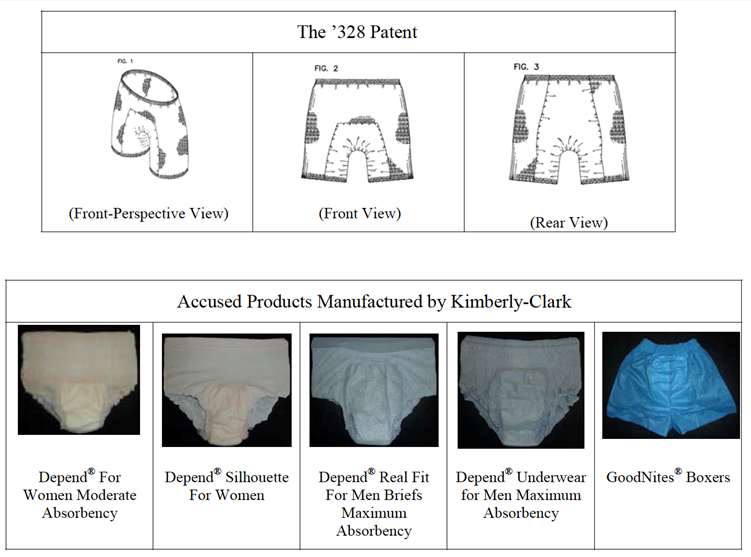By Dennis Crouch
Digitech Image v. Electronics for Imaging (Fed. Cir. 2014)
Digitech sued dozens of companies for infringing its U.S. Patent No. 6,128,415. As I wrote back in April 2014, basic idea behind the invention is to tag digital images with particular information about the camera and its color/spatial image qualities in a form that is device-independent. The patent includes claims directed to both a "device profile" and a "method of generating a device profile." The profile is simply a set of data elements regarding the camera qualities discussed above and the method simply involves generating and combining those data elements. This sort of tagging of digital images has become ubiquitous and so the patent could be quite valuable – except that the Federal Circuit has held the patent invalid as lacking subject matter eligibility under 35 U.S.C. §101.
Claim 1 is drafted as follows:
1. A device profile for describing properties of a device in a digital image reproduction system to capture, transform or render an image, said device profile comprising:
first data for describing a device dependent transformation of color information content of the image to a device independent color space; and
second data for describing a device dependent transformation of spatial information content of the image in said device independent color space.
The District Court found the claims invalid and that decision has been affirmed by the Federal Circuit. Decision by Judge Reyna, joined by Judges Moore and Hughes. Because subject matter eligibility is a question of law, the Federal Circuit reviews that issue de novo without giving deference to the district court analysis.
To continue reading, become a Patently-O member. Already a member? Simply log in to access the full post.
